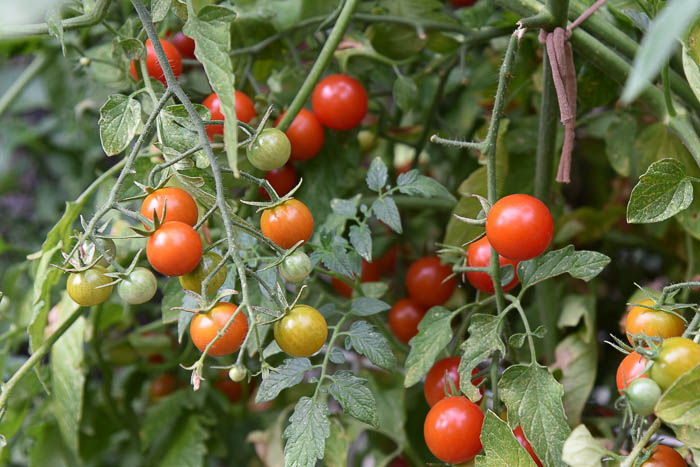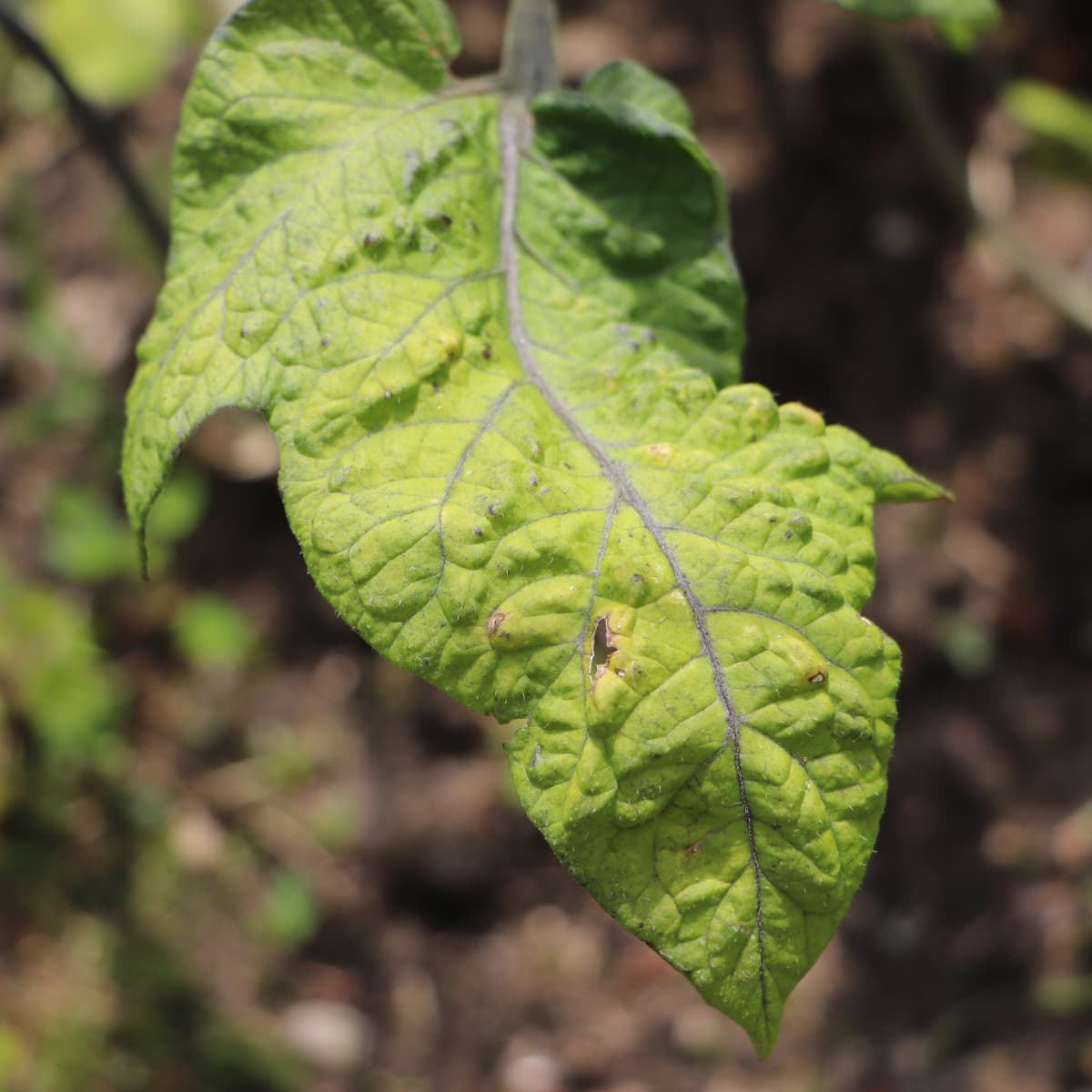Discover the Certain Plants That Are Adversely Impacted by Epsom Salt Application
Epsom salt, a preferred household remedy for different horticulture woes, is often commended for its advantageous effects on plant growth. Not all plants respond favorably to its application. Understanding the specific plants that can be adversely affected by Epsom salt is vital for any type of garden enthusiast looking to enhance their plant treatment routine. Roses, tomatoes, azaleas, rhododendrons, and peppers are just a couple of instances of plants that might not respond well to Epsom salt. The factors behind these unfavorable results and how to alleviate them are necessary knowledge for keeping a thriving garden.
Roses

Roses, specifically conscious changes in their setting, can be negatively affected by the application of Epsom salt. While Epsom salt is typically used as a plant food to promote plant growth and boost blooming, roses are among the plants that do not respond well to its application. The high magnesium material in Epsom salt can hinder the uptake of other necessary nutrients by the rose plants, resulting in shortages that show up as yellowing leaves or stunted development.

Tomatoes
Tomatoes, recognized for their flexibility in cooking applications, can show adverse impacts when exposed to Epsom salt because of their details nutrient demands. While Epsom salt is usually touted as a solution for various plant problems, consisting of bloom end rot in tomatoes, its application can result in destructive end results otherwise used carefully. Tomatoes are hefty feeders that require a well balanced intake of nutrients, especially calcium, to grow. Excessive Epsom salt, which is magnesium sulfate, can interfere with the delicate nutrient equilibrium needed by tomatoes, possibly bring about deficiencies in other crucial nutrients like calcium. This discrepancy might manifest in symptoms such as stunted development, yellowing fallen leaves, or perhaps reduced fruit production in tomatoes. When taking into consideration the usage of Epsom salt on tomatoes, it is crucial to adhere to advised application rates and soil testing to prevent unintended consequences on the total health and productivity of these beloved yard plants.
Peppers
Peppers, revered for their numerous colors and levels of spiciness, can demonstrate susceptibility to adverse influences from Epsom salt when not applied with care and factor to consider for their certain nutritional demands. what plants don't like epsom salt. Peppers, belonging to the Solanaceae family, require a read this delicate balance of nutrients to grow. While Epsom salt is recognized to increase magnesium degrees in plants, extreme application can interrupt this balance, resulting in negative results on pepper plants
When peppers are subjected to high degrees of magnesium from Epsom salt, it can disrupt the plant's ability to absorb various other crucial nutrients like calcium and potassium. This inequality might show up in symptoms such as leaf staining, stunted development, and reduced fruit manufacturing. In addition, the Visit Website excessive magnesium can modify the soil pH, further exacerbating nutrient uptake problems for peppers.

Rhododendrons
Given the sensitivity of specific plant species to inequalities triggered by Epsom salt, it is necessary to take into consideration the influence on Rhododendrons, which likewise call for specific nutrient degrees to thrive. Rhododendrons are acid-loving plants that choose acidic soil conditions with a pH variety in between 4.5 and 6.0. Epsom salt, chemically referred to as magnesium sulfate, can alter the soil pH and disrupt the delicate equilibrium of nutrients important for Rhododendron health.

To preserve the optimal growth and health of Rhododendrons, it is essential to stay clear of the unplanned use Epsom salt and instead focus More hints on providing the particular acidic soil conditions and nutrients that these plants need for thriving.
Azaleas
Azaleas, known for their vibrant blossoms and wide variety of colors, are decorative bushes that belong to the Rhododendron category. These preferred blooming plants are frequently found in parks, yards, and landscapes due to their beauty and convenience. Azaleas are sensitive to adjustments in soil pH levels, which can dramatically influence their development and total health and wellness. While Epsom salt is commonly used as a remedy for magnesium shortage in plants, its application to azaleas can have negative effects.
Azaleas prefer slightly acidic soil conditions, and an excess of magnesium from Epsom salt can interrupt this equilibrium, leading to nutrient imbalances and possible poisoning problems. The inaccurate application of Epsom salt can result in stunted development, yellowing of fallen leaves, and general decline in the health of azaleas.
Final Thought
Finally, it is essential to be aware of the specific plants that can be detrimentally influenced by the application of Epsom salt. Roses, tomatoes, peppers, azaleas, and rhododendrons are some instances of plants that may not take advantage of Epsom salt and can even endure harm. It is critical to study and understand the requirements of each plant varieties before utilizing Epsom salt as a fertilizer to guarantee their health and health.
Comprehending the certain plants that can be detrimentally affected by Epsom salt is vital for any kind of gardener looking to maximize their plant treatment regimen. While Epsom salt is commonly used as a fertilizer to advertise plant development and improve blooming, roses are one of the plants that do not respond well to its application.Extreme use of Epsom salt can also result in an accumulation of salts in the dirt, leading to root damages and dehydration of the rose plants. While Epsom salt is understood to enhance magnesium levels in plants, excessive application can disrupt this balance, leading to unfavorable effects on pepper plants.
The high salt content in Epsom salt can additionally dry out Rhododendron origins, causing additional anxiety and damages to the plant. (what plants don't like epsom salt)